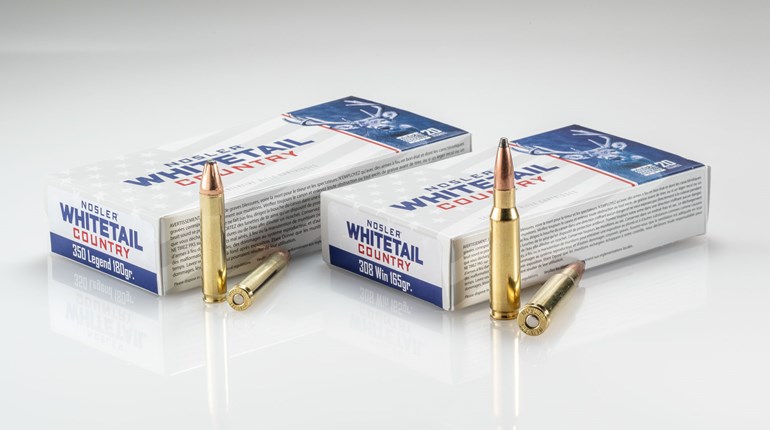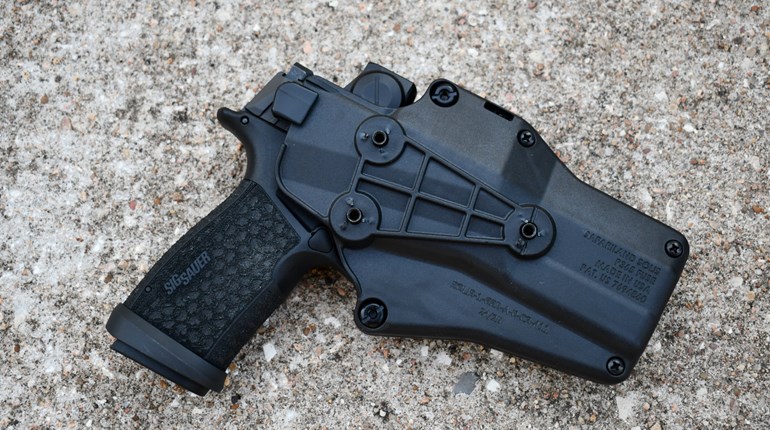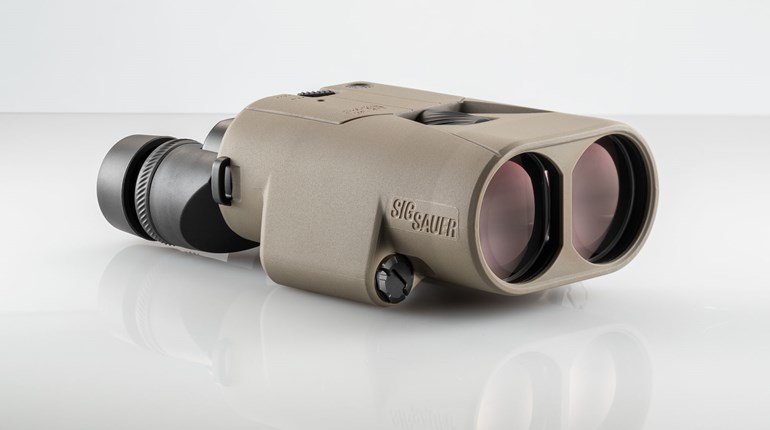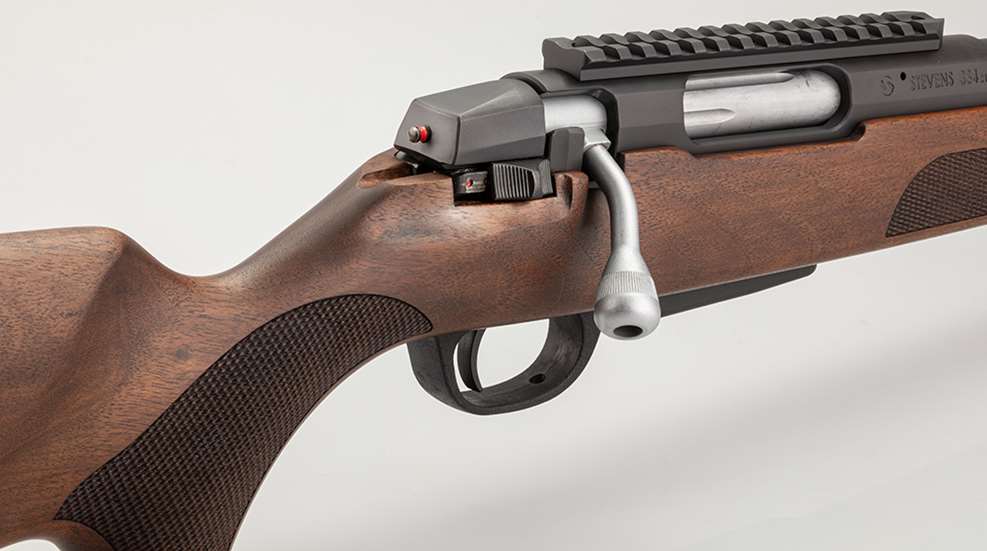
Although hunting grounds can be a place to field test the latest technology or run a bag full of Gucci-level gear, let’s not forget that it is rooted in sustenance. My wife, Barbara, and I have a game that we play each year. We simply tally up the dollar amount of what our land provides and see if we can eclipse the property taxes. Most years, we come close to breaking even, sometimes we even come out ahead. Of course, if we opt for expensive gear, then we quickly find ourselves upside down. That’s why products like the Stevens 334 bolt-action rifle pique my interest. This robust, all-purpose hunting rifle is built to get the job done without subjecting folks to the expense associated with features they can do without. The Stevens 334 gets it done while being much more than a bare-bones build.

Let’s begin with addressing the nomenclature, as you’ll find this product on the Savage Arms website. Stevens started out as its own entity but was purchased by Savage in 1920. In 1991, Savage dropped the Stevens name but brought it back about eight years later as the namesake for its less expensive firearms. So, the Stevens 334 is technically a Savage/Stevens 334. Digging deeper, we’ll find that the gun is manufactured in Turkey by ATA Arms. This isn’t a bad thing, as this facility has been producing exceptional firearms for close to 70 years. Furthermore, having easy access to resources like Turkish walnut enables them to retain a high standard of quality at a price point that makes sense.
When you first pick up the 334 Walnut, you’ll be greeted with atypical heft. Weight-saving materials like carbon-fiber and titanium come at a premium, yet they are always compared to hardwood and steel, which are bountiful in this rifle. A medium-contour barrel is mated to an elongated receiver, which is likely setting the groundwork for a long-action or magnum offering in the near future. Inside slides a three-lug bolt, which creates a 60-degree lift for rapid actuation between shots. The action feeds from a three-round detachable box magazine that is plastic in composition (with the exception of the spring). The release lever is found on the leading edge of the mag well and must be pressed toward the trigger guard for removal. These parts, too, are made of plastic.
The barreled action features an integrated recoil lug that mates with an aluminum bedding block found inside the robust Turkish walnut stock. A pair of action screws work in conjunction with steel sleeves to eliminate the need for pillar bedding, cutting a corner that most won’t notice. Although built for economy, I couldn’t help but admire the fine checkering found on the fore-end and grip, not to mention the oil-rubbed finish that also serves as excellent weatherproofing. It made for nice contrast against the matte-finished barrel and receiver.
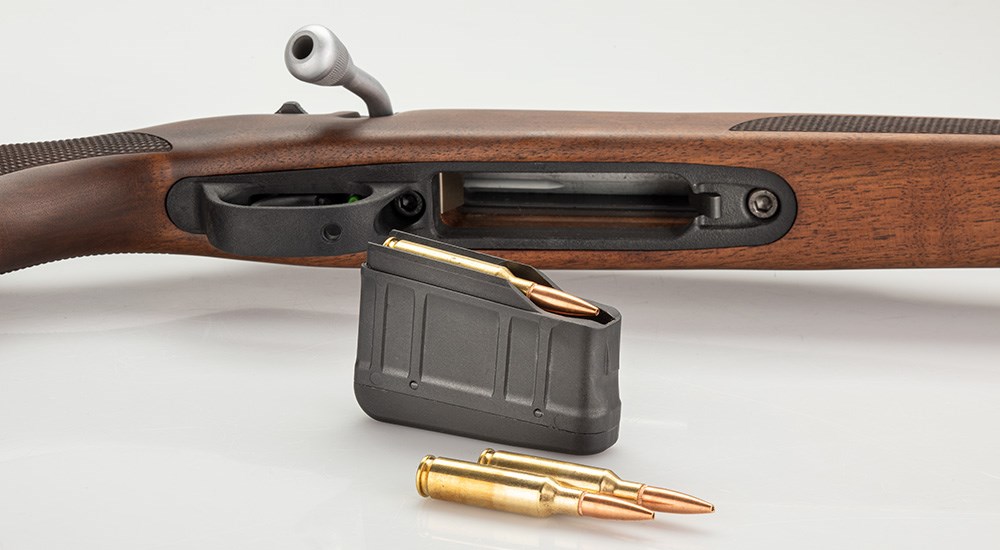
Preparing the Stevens 334 for a hunt is a cinch, as it includes a pre-mounted Picatinny rail. If you choose to remove it for, say, direct-mount rings, the holes are spaced to the same specs as a Savage 110, so they shouldn’t be too tough to source. As for my sample, I kept it the way it came out of the box and attached a Sightmark Presidio 3-18x50mm optic. Just like the 334, this scope is built for hunters and shooters on a budget who don’t mind a little extra mass on their guns. Although it appears that I was matching products by their core concepts, what I really was doing was trying to mitigate recoil. Altogether, the rifle, scope and rings weighed just shy of a combined 10 pounds, ensuring it would soak up any kick that wasn’t handled by the buttpad.
This left me with ammunition selection, which I feel I put more thought into than most. Again, thinking of the hunter on a budget, it didn’t seem to make sense to test uber-pricey fodder. However, “the cheap stuff” might not showcase all this rifle has to offer. Being that my sample was chambered in .308 Winchester, I certainly had some options. Immediately, I reached for Federal’s 150-grain Non-Typical Whitetail load, which has served me well in the past. A step up in weight, I had some Norma 165-grain Oryx right beside it, so I decided to bring that along, too, as it also played nicely into my affordable hunting fodder motif. Lastly, I scooped up a few boxes of Federal’s 175-grain Terminal Ascent. While this costs a few bucks more at the counter, I’ve never had a Terminal Ascent load cost me a buck in the field.
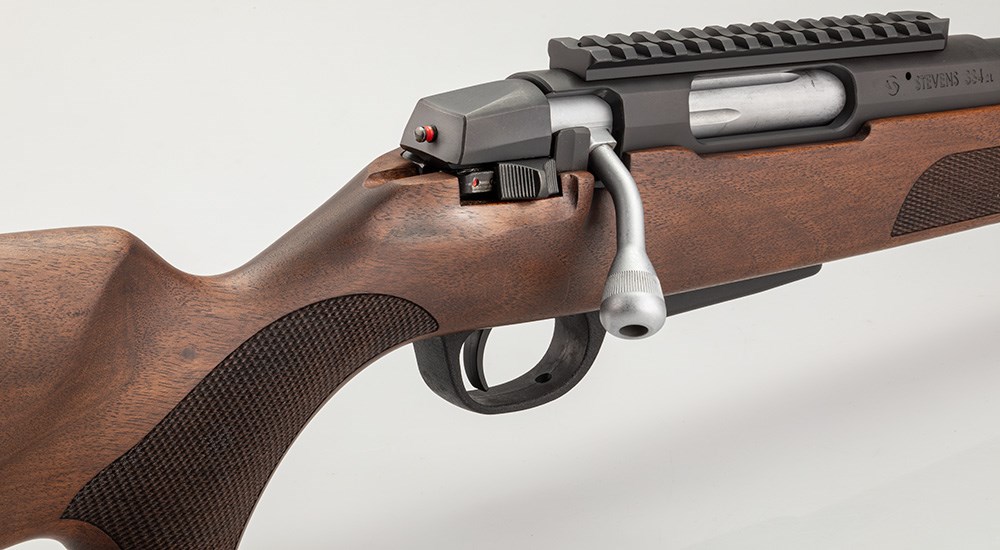
Savage advertises this rifle as having a crisp trigger, and it does, but boy is it stiff. My sample took north of 7.5 pounds of pressure to break. Nonetheless, I was able to punch sub-MOA groups with the Terminal Ascent fodder, as well as the 150-grain Non-Typical load. I had initial concerns with the 1:11-inch twist, as this typically doesn’t agree with heavier bullets, but it served Federal’s 175-grain bullets nearly as well as it did the 150-grainers. The Norma ammunition was a bit disappointing, and given the erratic velocities produced, I’m compelled to blame the cartridge construction rather than the bullet itself. As expected, the recoil was indubitably manageable, particularly with lightweight ammunition, and the thicker barrel also shed heat quite efficiently. Overall, it was pleasant to shoot, so shoot I did.
Pushing the stool to the side, I knelt beside my bench and engaged steel out to 300 yards. Unnoticed in the seated position, the leading edge of the buttpad is made of smooth plastic and allows it to glide into the pocket of my shoulder. I was quite fond of this tiny consideration, as it let me shoulder the rifle without dragging my coat up. It also hastened the process, which could be the difference between dragging out meat or settling in for the next one to come walking through. Banging steel in the offhand position took a little more skill, as one has to break that heavy trigger before the weight of the gun spoils his aim, but in reality, far too few shots are taken in this manner for it to be a major concern. I wrapped up things by removing the bolt, which required nothing more than a depression of the button on the right side of the receiver. Its matte finish let me get away with just a simple wipe of a dry rag to constitute cleaning. From here, I gave it a quick application of spray lubricant, replaced it and called it good. Sure, I could have swabbed the bore a bit, but as my groups were still about as tight as they were when I started, I didn’t see the need to do so just yet.
My time with the Stevens 334 took me back to the days when I was picking out my first hunting rifle. As I always started with the price tag, the Stevens would certainly have received a second look. I found it to be a remarkable shooter and, although heavy, balanced perfectly when shouldered, even in unsupported positions. The trigger is a little stiff, but an MSRP of just $489 leaves you plenty of cash left over for practice ammo to make your peace with it. The Stevens 334 is a perfect entry-level rifle for those starting out, or backup gun that can live at the hunting cabin.

Technical Specifications
• Type: bolt-action centerfire rifle
• Caliber: .243 Win., .308 Win. (tested), 6.5 Creedmoor
• Magazine: detachable box; 3-rnd. capacity
• Barrel: 20"; blued carbon steel; medium contour; button rifled; 1:11" RH twist, 4 grooves
• Trigger: two-stage; pull weight 5-7.5 lbs.
• Sights: none; Picatinny rail included
• Safety: three-position
• Stock: straight comb; Turkish walnut; oil finish; 14.5" LOP
• Metal Finish: blued
• Overall Length: 41.25"
• Weight: 7.5 lbs.
• Accessories: lock
• MSRP: $489; savagearms.com













